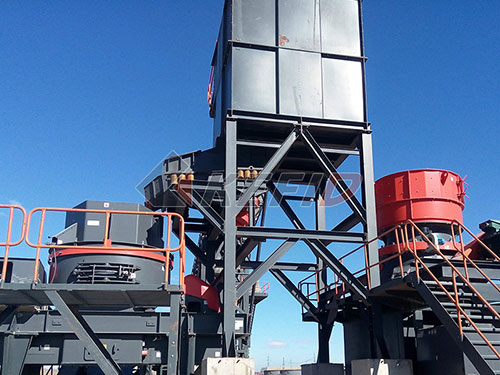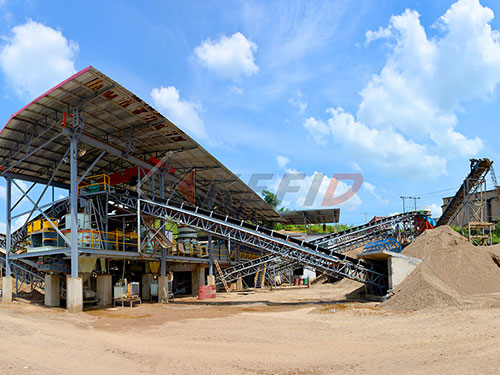
The Crushing Paradox: Stone Quarries and Kaziranga’s Fragile Sanctuary
Nestled in the floodplains of the mighty Brahmaputra River in Assam, India, lies Kaziranga National Park – a UNESCO World Heritage Site celebrated globally as the last stronghold of the endangered one-horned rhinoceros. Its tall elephant grasses, swampy wetlands, and dense forests teem with tigers, elephants, wild water buffalo, and countless bird species. Yet, encroaching upon this fragile Eden is an industry seemingly at odds with its very existence: stone crushing units operating perilously close to its boundaries.
The Demand Driving Destruction
Stone crushing is an essential component of modern development. Crushed stone aggregates form the literal bedrock of infrastructure – roads, buildings, bridges – driving economic growth across Assam and Northeast India. Units like those often generically referred to as “Kaziranga Stone Crusher” cater to this insatiable demand generated by urbanization and government projects.
Proponents argue these units provide vital local employment in an economically challenged region. They represent livelihoods for truck drivers, machine operators, laborers, and support staff. Shutting them down without alternatives could cause significant hardship for surrounding communities dependent on this income.
The Environmental Toll: A Looming Shadow

However, the location of many such quarries near Kaziranga creates an alarming environmental paradox:
1. Habitat Encroachment & Fragmentation: Quarrying activities physically destroy natural habitats on the park’s periphery. Noise pollution from blasting (if used) and constant machinery disrupts wildlife behavior patterns crucial for feeding and breeding.
2. Dust Pollution: The most pervasive threat is fugitive dust generated during crushing and transportation. This fine particulate matter:
Smothers Vegetation: Coating leaves reduces photosynthesis in vital grassland ecosystems upon which herbivores like rhinos depend.
Pollutes Water Sources: Dust settles into water bodies within and around Kaziranga, degrading water quality crucial for aquatic life.
Respiratory Hazards: Affects both wildlife populations within the park and human populations living nearby.
3. Increased Human-Wildlife Conflict: Expanding quarry operations bring more human activity closer to park boundaries. This heightens risks of accidental encounters between animals like elephants or rhinos straying outwards and workers or vehicles moving inwards.
4. Riverbed Mining Concerns: While not all quarries involve riverbed mining (a separate but related issue), operations near

Leave a Reply